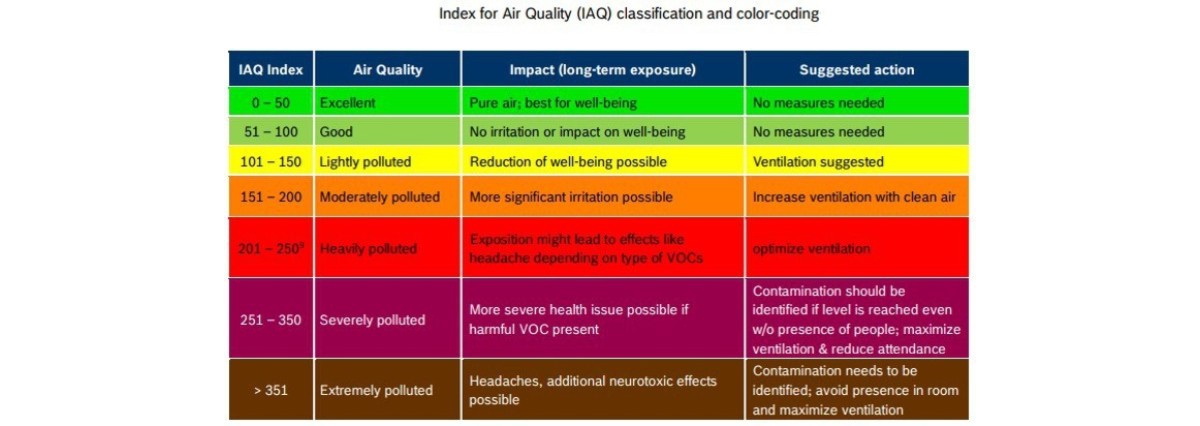VOC Gas Sensors Classification, Size Differences, and Cost Comparison
- Advantages and Applications of MEMS-grade VOC Sensors
VOC (Volatile Organic Compound) gas sensors are categorized based on various technologies and sizes, presented from highest to lowest cost:
1. Optical Gas Sensors (High cost):
• Technology: Utilizes optical methods like laser absorption spectroscopy for precise VOC detection.
• Size: Generally larger, requiring more optical components.
• Application: Primarily for industrial emission monitoring and environmental surveillance, noted for high sensitivity and selectivity.
2. Electrochemical Gas Sensors (Medium cost):
• Technology: Detects VOCs through electrochemical reactions.
• Size: Typically medium, involving electrodes and electrolytes.
• Application: Common in industrial safety monitoring and indoor air quality surveillance, offering reasonable sensitivity and specificity.
3. MEMS-grade VOC Sensors (Moderate to low cost):
• Technology: Employs Micro-Electro-Mechanical Systems (MEMS), incorporating micro-resistors and micro-fluidics, delivering relatively low cost and satisfactory performance.
• Size: Generally smaller, fitting for embedded applications.
• Advantages: Cost-effective, suitable for mass production, providing sufficient sensitivity and stability. Applicable in indoor air quality monitoring, automotive uses, and personal gas detection.
4. Semiconductor Gas Sensors (Low cost):
• Technology: Utilizes semiconductor materials like Metal Oxide Semiconductors (MOX), more cost-efficient.
• Size: Typically compact, ideal for embedded and portable uses.
• Application: Frequent in household gas detection and industrial applications. Although less costly, they might offer lower sensitivity.
Different types of VOC gas sensors exhibit variations in cost and performance, with MEMS-grade sensors being cost-effective yet sufficiently sensitive and stable, particularly favorable for mass production and various applications.
CurieJet® P760, integrated with a MEMS-grade VOC sensor, can detect Volatile Organic Compounds (VOC) from paints (such as formaldehyde), lacquers, paint strippers, cleaning supplies, furnishings, office equipment, glues, adhesives and alcohol. The IAQ (Index for Air Quality)index, valued from 0 to 500, can be deemed as VOC Index to reflect different gaseous pollutants risks of TVOC Level. Upon request, breath-VOC (b-VOC) which represents the most important compounds in an exhaled breath of humans, can also be supplied as VOC value in ppm. https://www.curiejet.com/en/product/particle-voc-index-barometric-pressure-sensor/environmental-sensor-modules

